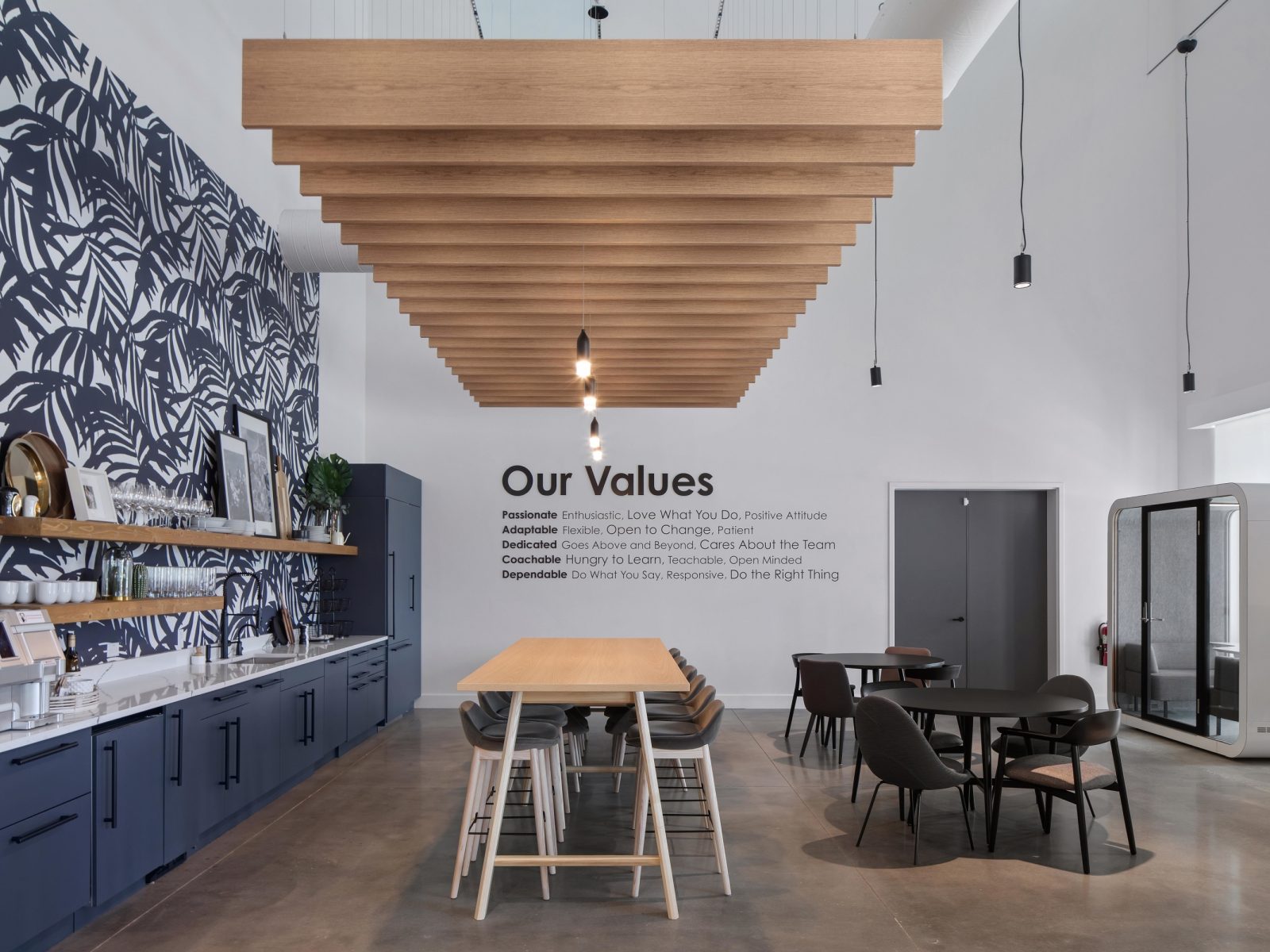Balancing Hype and Need: Achieving a Smooth Workplace Journey
As we navigate through the influx of emerging workplace trends advocating the "office of the future," it's crucial to pause and assess an organization's present challenges and strategies before embracing any solution.

For years, it's been evident that work's trajectory is towards the digital realm, and with each passing year, this trend towards virtuality intensifies. The rise of hybrid and remote work models underscores that productivity isn't confined to traditional office spaces alone. Notably, 63% of rapidly growing companies intend to sustain a hybrid work approach. Moreover, there's a growing acknowledgment among leaders of the indispensable value of in-person interactions, fostering engagement, synergy, and innovation.
Amidst the ever-evolving landscape of workplace trends, with each promising the elusive "office of the future," it's imperative to pause and assess an organization's present challenges and strategies before embracing any solution wholeheartedly.
For numerous hybrid workers, the decision to go into the office boils down to a simple question: "Where can I maximize my productivity today?" With a spectrum of options spanning from the dining table to a cozy coffee shop or shared workspace, individuals opt to work wherever they can fulfill their needs most effectively. This decision encompasses considerations like ensuring a comfortable desk height and the availability of focused workspaces. By providing tailored and intuitive spaces and solutions within the office, it transcends being merely a location for meetings, evolving into a dynamic hub that fosters team collaboration and innovation.
When strategizing for a revamped workplace, there's a crucial step that employees unanimously hope their leaders will take: seeking their input. Relying solely on data-driven assumptions can often miss the mark in achieving organizational objectives. Without a comprehensive understanding of how employees across all levels operate, decision-making regarding the workplace becomes akin to blindly throwing darts and hoping to hit the bullseye. Attempting to anticipate concerns or redundancies without gathering feedback poses significant risks. The more comprehensive the information gathered, including insights into individual preferences, the more informed the decisions can be. For instance, investing in a top-of-the-line coffee maker for the breakroom could prove futile if the entire team prefers tea.
Eliminating unnecessary steps and integrating personalization wherever possible is progress in the right direction. Whether it's through smart furniture equipped with adaptable power or conference rooms that anticipate the specific requirements of upcoming meetings, the potential for enriching the employee experience knows no bounds. Given that an employee's needs can vary throughout the day depending on their tasks and schedule, solutions that prioritize flexibility are paramount for fostering a dynamic work environment. If the available space configurations fail to accommodate the team's requirements for collaboration, privacy, and focused work, even the most advanced conferencing technology will fall short in addressing functional concerns.
So What's Next?
We've all encountered the impact of predictive analytics in our daily routines. Platforms like Netflix can already anticipate our next favorite movie, while the Starbucks app effortlessly pre-orders our morning coffee, creating a personalized experience. Leading technology companies such as Microsoft and Apple are at the forefront, integrating predictive analytics and personal data to enhance the overall employee journey. By leveraging insights from booking systems, building management, and equipment data, administrative burdens can be lessened, offering employees a smoother experience.
Looking beyond fleeting trends not only saves time and resources but also mitigates the risk of bewildering or frustrating employees. Given people's natural resistance to change, providing solid evidence to support new workplace processes or solutions is vital for their successful adoption. Effective leadership plays a pivotal role in championing these changes, ensuring the team comprehends the rationale behind them. Ultimately, a seamless workplace is one where the entire team feels their needs are anticipated, fostering productivity, connectivity, and engagement.













